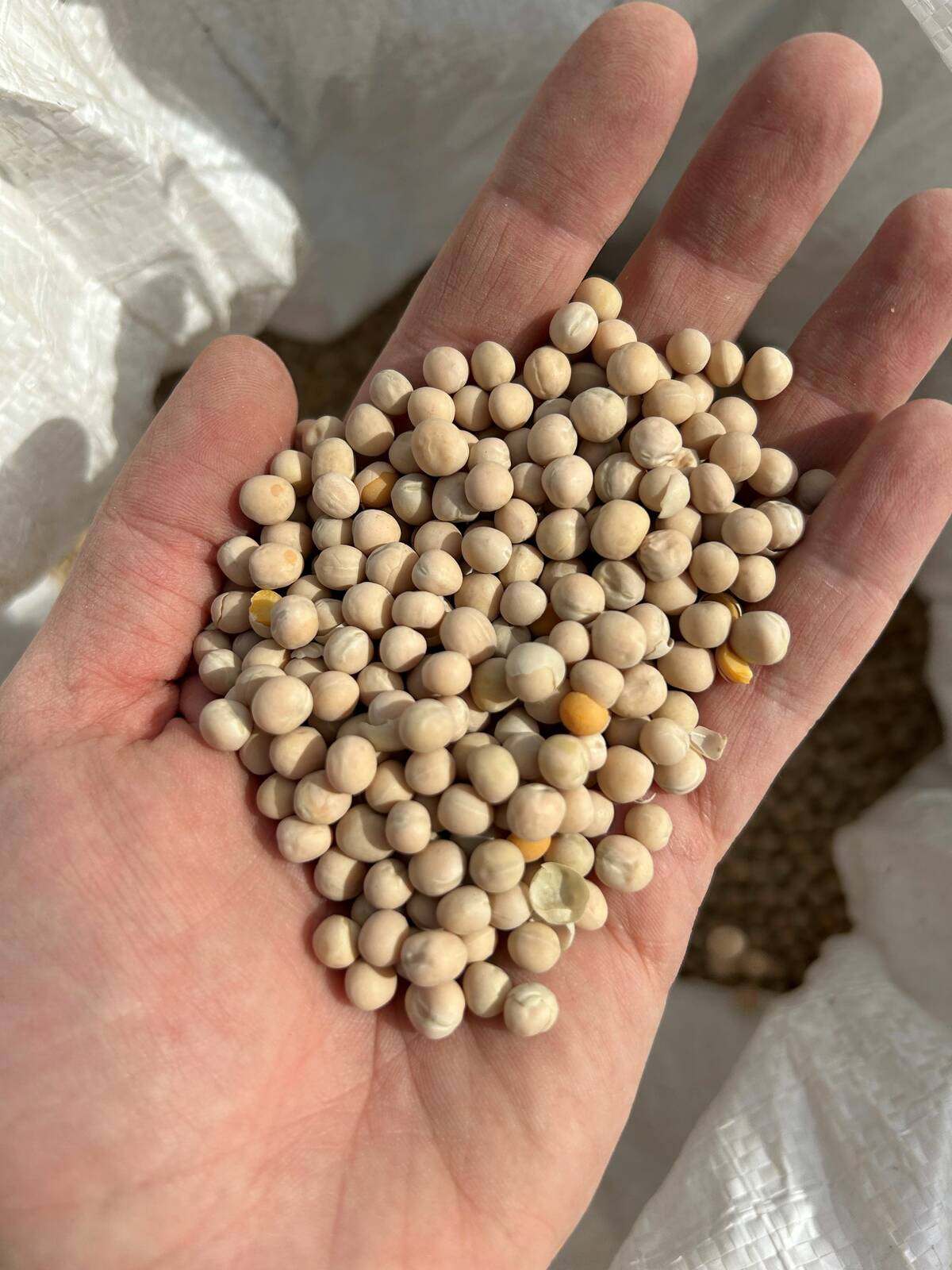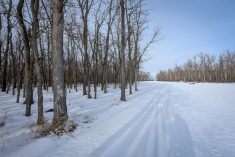Did you know the last day to fall-apply fertilizer in Manitoba is Nov. 9?
That’s how long Manitoba farmers who still plan to apply fertilizer this fall have to get the job done. Otherwise, they must wait until next April 10 under new regulations that came into effect last spring.
Although the changes were announced several years ago, many farmers are oblivious, said Keystone Agricultural Producers (KAP) president Doug Chorney, who only recently became aware of the regulations.
Meeting the restrictions will be a problem for many farmers, said Chorney, who farms at East Selkirk, Man.
Read Also

Pulse Weekly: No upside for peas until after New Year
Prices for green and yellow peas have dropped back across the Prairies over the last week. One of the major downward drivers was the Statistics Canada production report released earlier this month, said Levon Sargsyan of Johnston’s Grain in Calgary.
"I grow timothy grass seed and we often do fall fertilizing or early-spring fertilizing," he said. "Winter wheat is now a big crop for Manitoba farmers. Late applications in the fall before a snow event are a common practice. You’re technically, legally not allowed to do that now."
The regulations are meant to prevent farmers from spreading fertilizer on frozen ground because when it thaws it’s vulnerable to running off and polluting rivers and lakes, a spokesman for the province’s water stewardship department said in an email Oct. 28.
Farmers can apply for an exemption by contacting the department.
Similar regulations will prohibit winter application of manure to fields.
While Manitoba farmers are gradually applying more of their fertilizer in spring, the majority of nitrogen is still applied in the fall, said John Heard, Manitoba Agriculture, Food and Rural Initiatives’ soil fertility specialist at Carman.
Herd said he suspects most farmers have already applied their fall fertilizer, although some might be waiting for rain to soften the dry, hard soil. There’s an increased risk of losing anhydrous ammonia to the atmosphere when soils are dry and lumpy.
While farmers can legally apply nitrogen earlier in the fall, warm soil increases the risk that nitrogen will convert to nitrate, making it vulnerable to leaching or denitrification.
Farmers also need to be aware there are regulations capping how much residual nitrogen they are allowed in their fields, Heard said. The restrictions of 30, 90 and 140 pounds an acre are in the case of land in Nutrient Management Zone N3, N2 and N1. The amount allowed is based on the productive capacity of the soil with the lowest residual for the least productive land.
— Allan Dawson is a reporter with the Manitoba Co-operator at Miami, Man. The full version of this article appears in the Co-operator, Nov. 3, 2011, page 3.














